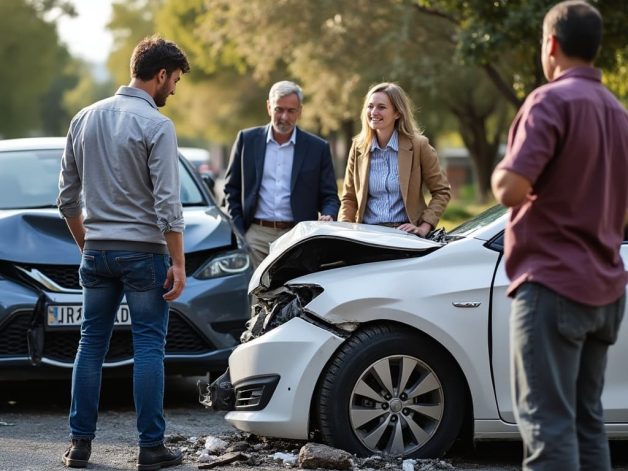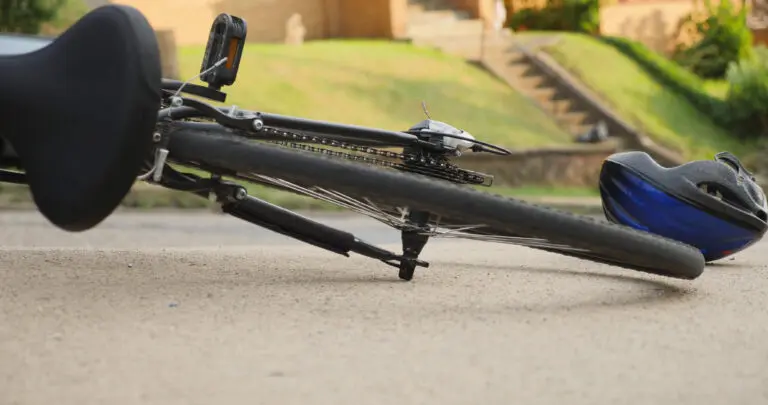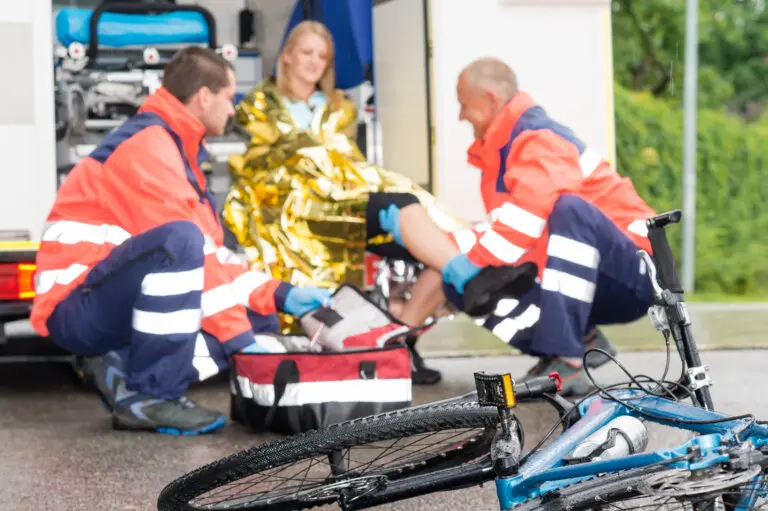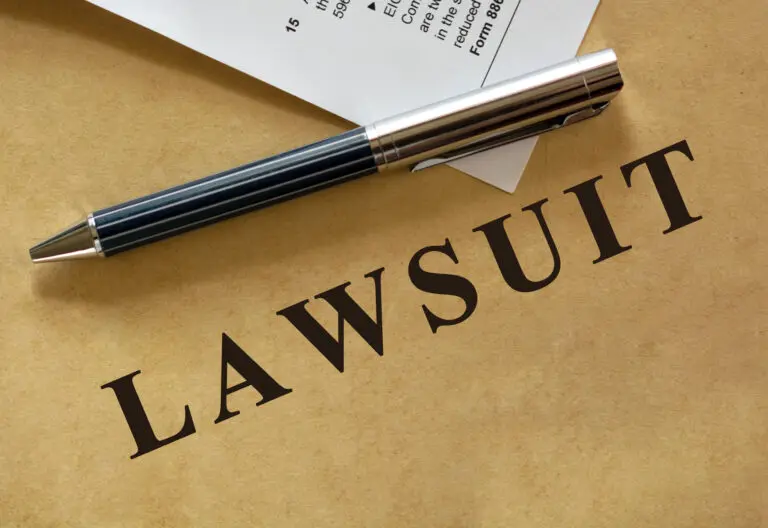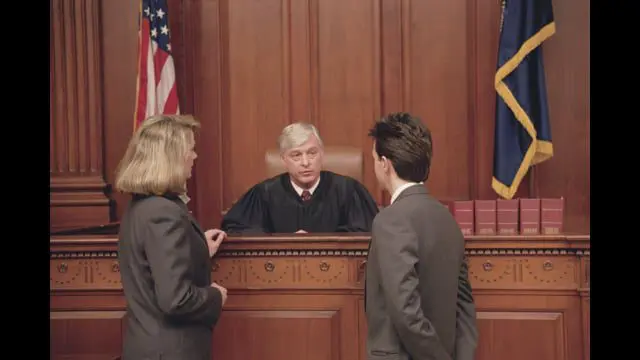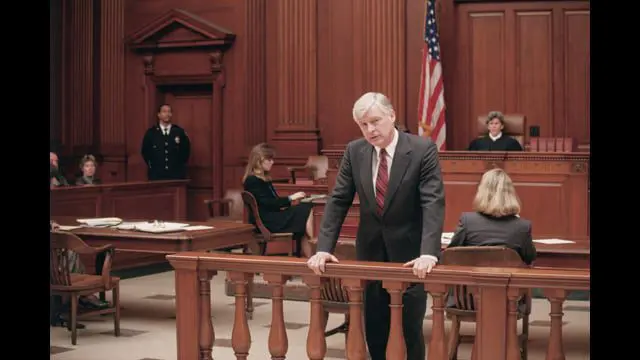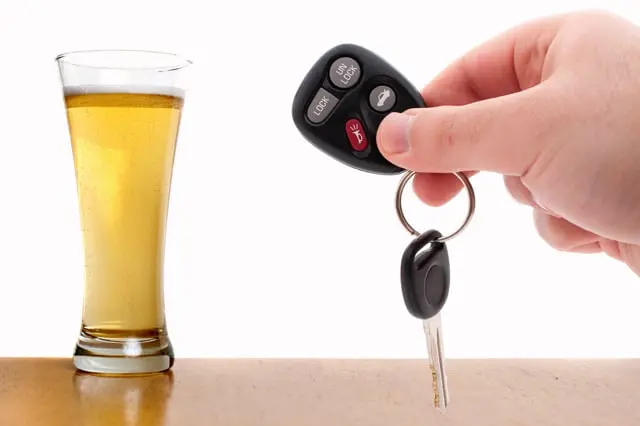Being involved in a car accident can be a frightening and overwhelming experience. Knowing what steps to take immediately following a crash can make a significant difference in how your case unfolds, from dealing with insurance companies to securing the compensation you may be entitled to. If you find yourself in this situation, it’s essential to know the first thing you should do after a California car accident to protect your health, legal rights, and financial interests.
This article will provide a comprehensive guide on what you need to do after a car accident in California, focusing on both the immediate actions and the legal steps that will follow. By understanding these crucial steps, you’ll be better prepared to handle the aftermath of a car accident.
1. Prioritize Your Safety and Health
The most important action to take immediately after a car accident is to ensure your safety and health, as well as the well-being of others involved. This should always be the top priority.
Check for Injuries
The first thing to do after a car accident is to check yourself and any passengers for injuries. Even if you feel fine, adrenaline can mask pain, so it’s important to stay calm and assess any potential injuries. If anyone is seriously injured, call 911 immediately to request emergency medical assistance.
In some cases, injuries may not be immediately apparent. Conditions such as whiplash, concussions, or internal injuries can develop hours or even days after the accident. For this reason, it’s a good idea to seek medical attention as soon as possible, even if you believe your injuries are minor.
Move to a Safe Area
If possible, move your vehicle out of traffic to avoid further collisions or accidents. Turn on your hazard lights to alert other drivers of the situation. However, if the accident is severe or there are serious injuries, it’s best to leave the vehicles where they are until law enforcement arrives to assess the scene.
In California, failing to stop and remain at the scene of an accident can result in legal penalties, including fines or imprisonment. Therefore, be sure to remain at the accident site until authorities instruct otherwise.
2. Call the Police and File a Report
Once you’ve ensured that everyone is safe and have moved to a secure location, the next crucial step is to contact the police. Regardless of the severity of the accident, it’s important to file a police report as it will serve as an official record of the incident.
The Importance of a Police Report
A police report is critical when it comes to filing a personal injury claim or working with insurance companies. The report will include vital details about the accident, such as the time, location, involved parties, and any potential violations of traffic laws. These facts can be essential in determining fault and liability in the case of a dispute.
Additionally, having a police report on file can strengthen your case if you need to pursue a car accident lawsuit or negotiate a settlement with an insurance company. Without an official report, it may be more difficult to prove the facts of the accident and protect your legal rights.
When the police arrive, provide them with accurate information about the accident. Stick to the facts and avoid making statements about fault or liability. This will help avoid misinterpretations or admissions of guilt that could affect your case later on.
3. Gather Evidence at the Accident Scene
While waiting for the police to arrive or after ensuring everyone’s safety, it’s important to gather evidence at the accident scene. This evidence will be valuable when filing a personal injury claim, seeking compensation, or proving the other party’s negligence.
Take Photos and Videos
Use your phone or a camera to take pictures of the accident scene, including damage to all vehicles, any visible injuries, skid marks, road conditions, and traffic signs. Be sure to take both close-up and wide-angle shots to capture as much detail as possible.
If you are physically able, record videos of the scene, including the surrounding environment and any contributing factors, such as weather conditions or obstructions on the road.
Exchange Information
California law requires that drivers involved in an accident exchange contact and insurance information. Be sure to collect the following details from the other driver:
- Name, address, and phone number
- Driver’s license number
- Insurance company and policy number
- License plate number
- Vehicle make, model, and color
If there are witnesses to the accident, collect their contact information as well. Their testimony could be crucial in corroborating your version of events.
4. Seek Medical Attention
As mentioned earlier, seeking medical attention after a car accident is crucial, even if you believe your injuries are minor. Many injuries, such as soft tissue damage o head trauma, may not present symptoms immediately, but delaying treatment could exacerbate the injury and affect your claim later on.
Medical Records as Legal Evidence
Obtaining medical treatment as soon as possible is not only important for your health but also plays a significant role in supporting your caso de lesiones personales. Medical records will serve as evidence that your injuries were caused by the car accident and can help establish the extent of your injuries.
Be sure to follow up on all recommended treatments and keep detailed records of your medical visits, prescriptions, and treatments. These documents can be used to calculate daños and ensure that you receive proper compensation.
5. Notify Your Insurance Company
Once you have received medical attention, the next step is to notify your compañía de seguros about the accident. Most insurance policies require that accidents be reported promptly, so don’t delay in making the call. Provide the insurance company with the information you gathered at the scene, such as the other driver’s contact details, the police report, and photos of the accident.
Tratar con peritos de seguros
When speaking with an insurance adjuster, it’s important to be cautious. Insurance companies may attempt to minimize your claim by offering a quick settlement or suggesting that your injuries are not as severe as you claim. Avoid making any statements about your injuries or accepting a settlement before consulting with a abogado de lesiones personales.
In California, insurance companies are obligated to handle claims in good faith. If you feel that your insurance company is not treating you fairly, an attorney can help you understand your rights and negotiate on your behalf.
6. Consult a Personal Injury Lawyer
If you’ve been involved in a accidente de tráfico in California, one of the most important steps you can take is to consult with a abogado de lesiones personales. Even seemingly straightforward cases can become complicated when it comes to dealing with insurance companies or determining fault.
Why You Need a Lawyer After a Car Accident
A abogado de lesiones personales can help you navigate the complexities of the legal process, negotiate with insurance companies, and represent you in court if necessary. Having legal representation ensures that you don’t fall victim to lowball settlement offers or unfair claims practices.
A lawyer can also:
- Evaluate your case: An attorney will assess the facts of your case and determine whether you are entitled to compensation for your medical bills, lost wages, pain and suffering, and other damages.
- Negotiate with insurance companies: Insurance companies often try to settle claims for the lowest amount possible. A personal injury lawyer can negotiate on your behalf to ensure you receive the full amount you deserve.
- File a lawsuit if necessary: If a settlement cannot be reached, a lawyer can file a lawsuit to pursue your claim in court.
7. Understand California’s Fault Laws and Insurance Requirements
California operates under a fault-based system when it comes to car accidents, meaning the driver found to be at fault for the accident is responsible for covering damages. Understanding how fault laws work in California is important when filing a claim.
Comparative Negligence in California
California follows a negligencia comparativa system, meaning that even if you are partially at fault for the accident, you can still recover damages. However, your compensation will be reduced by the percentage of fault assigned to you.
For example, if you are found to be 20% at fault for the accident and the other driver is 80% at fault, your total compensation will be reduced by 20%. This means if you were entitled to $10,000 in damages, you would only receive $8,000.
Minimum Insurance Requirements
California law requires all drivers to carry a minimum level of liability insurance to cover damages in the event of an accident. The state’s minimum insurance requirements include:
- $15,000 for injury or death to one person
- $30,000 for injury or death to multiple people
- $5,000 for property damage
If the other driver involved in the accident does not have insurance or is underinsured, you may need to file a claim under your own uninsured/underinsured motorist coverage, if available.
8. Filing a Personal Injury Claim After a Car Accident
If you’ve been injured in a car accident in California, you have the right to pursue compensation for your injuries by filing a personal injury claim. This claim can cover a variety of damages, including:
- Medical expenses: The cost of medical treatments, hospital stays, surgeries, and rehabilitation can be claimed as damages.
- Lost wages: If your injuries prevent you from working, you can seek compensation for lost income during your recovery period.
- Dolor y sufrimiento: In addition to economic damages, you may be entitled to compensation for the physical and emotional pain caused by the accident.
Filing Deadlines
In California, you have two years from the date of the accident to file a demanda por lesiones personales. This time frame is known as the prescripción, and failing to file within this period can result in losing your right to compensation. However, there are some exceptions, such as cases involving government vehicles or delayed discovery of injuries, where the filing deadline may differ.
9. Stay Informed Throughout the Legal Process
Dealing with the aftermath of a car accident can be a lengthy process. From filing claims to negotiating settlements, it’s important to stay informed at every stage of the process. Keep in regular communication with your abogado de lesiones personales and stay organized by keeping records of all correspondence, medical bills, and accident-related expenses.
Knowing what to expect and being proactive can help you achieve the best possible outcome for your case.
En conclusión, la first thing you should do after a California car accident is to prioritize safety, seek medical attention, and gather crucial evidence at the scene. Understanding the procedimientos jurídicos, filing deadlines, and insurance requirements will protect your rights and help you recover the compensation you deserve. If you find yourself in this situation, consulting with an experienced abogado de lesiones personales can make a significant difference in how your case is handled, ensuring that you are treated fairly and receive the compensation you need to recover.

